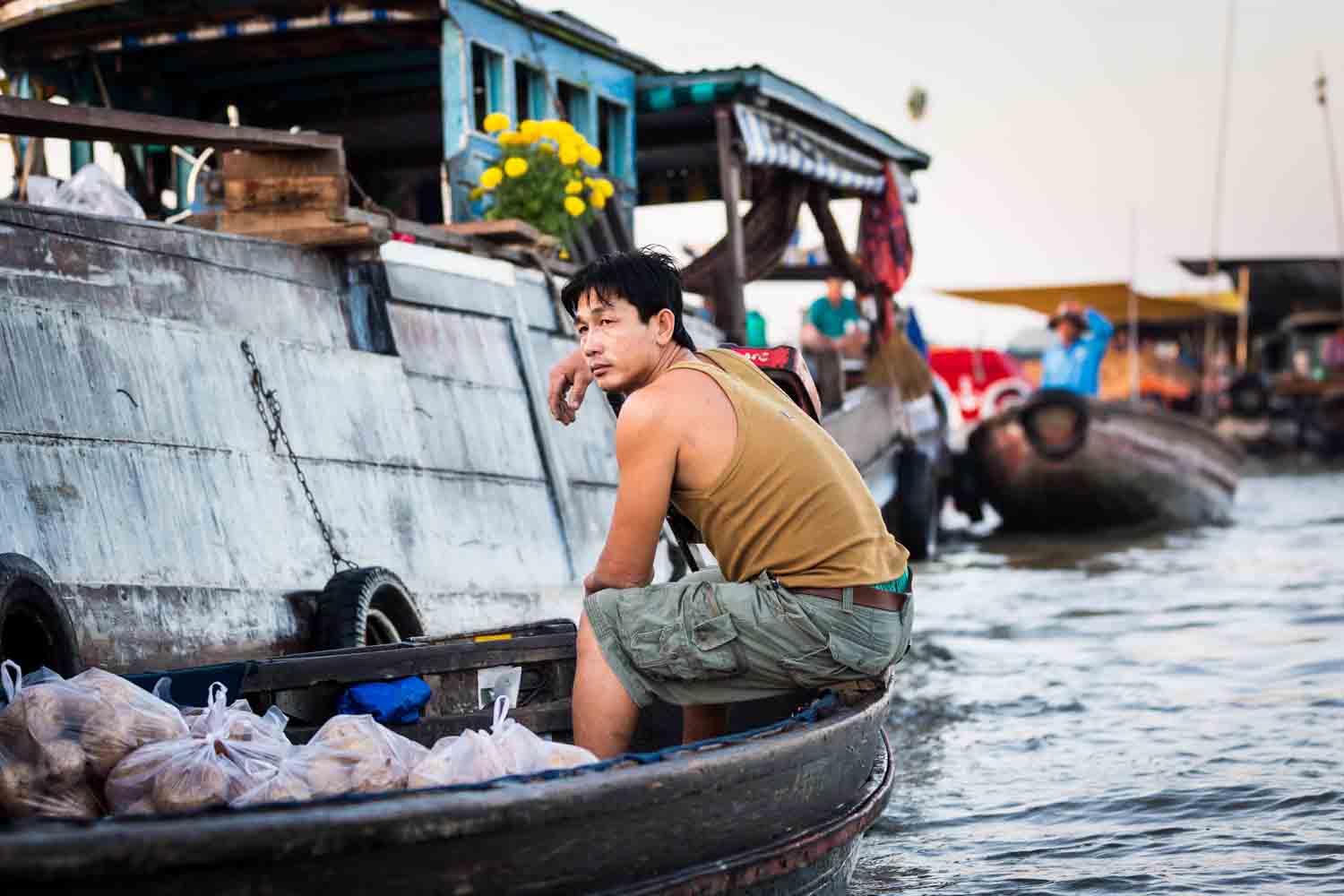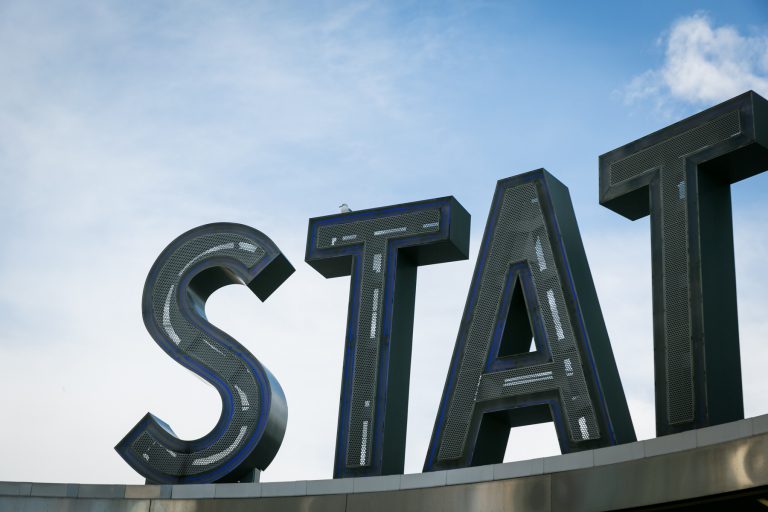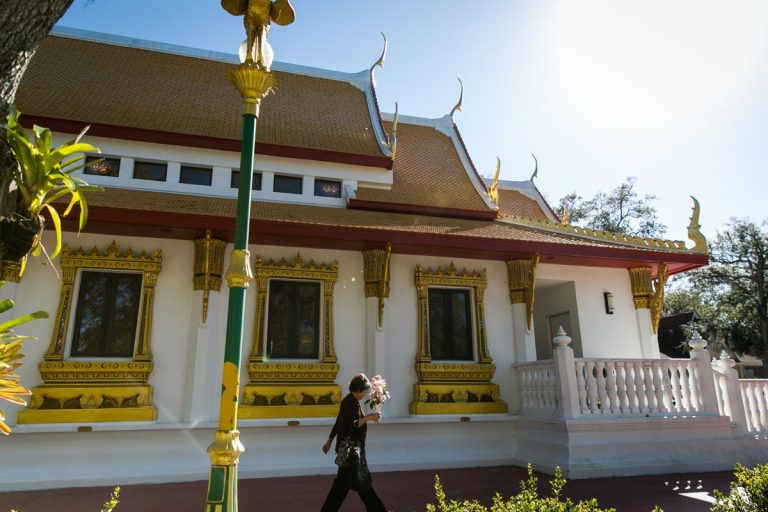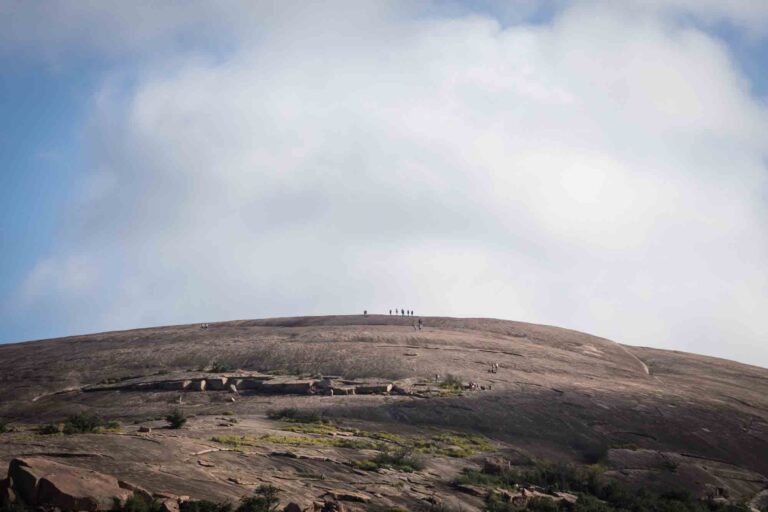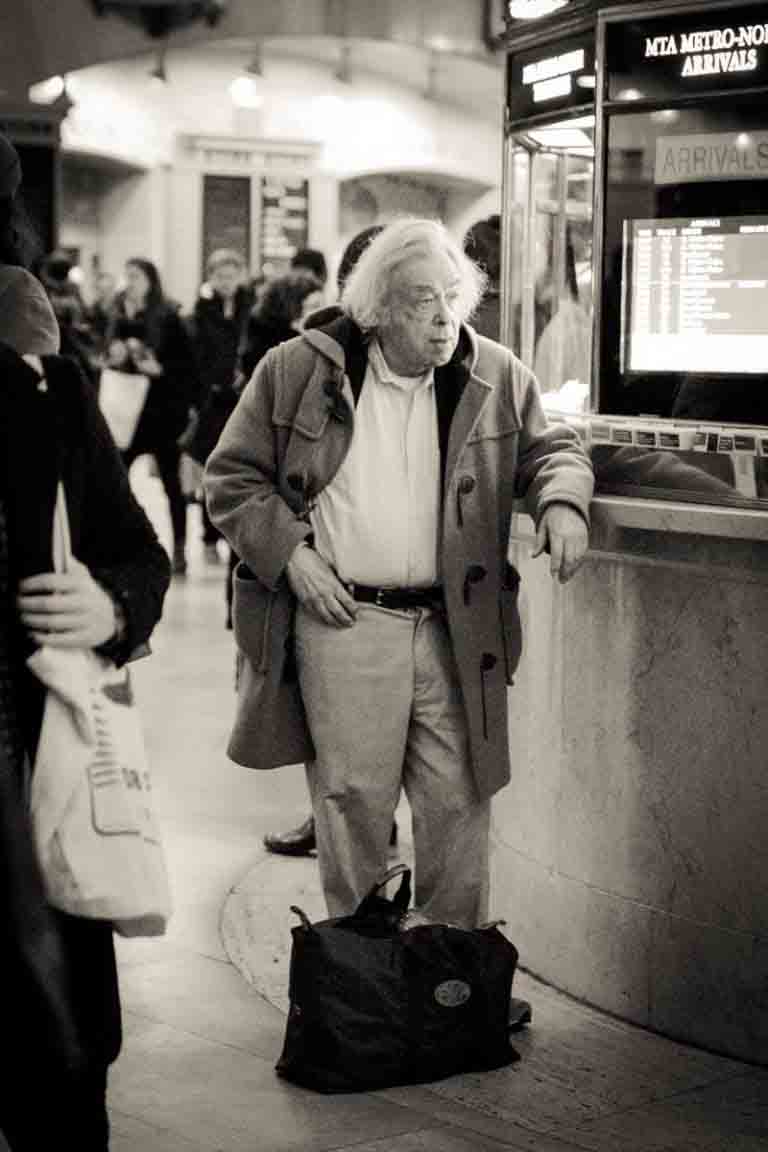The Cai Rang Floating Markets
A Travel Guide for Can Tho, Vietnam
It was tough for me to write this blog post about the Cai Rang floating markets. On the one hand, the floating markets are a fascinating local experience that give visitors a taste of what life in Vietnam was like before the introduction of Western-style supermarkets. On the other hand, by circling the local sellers like a shark, I came away feeling that the locals were simply being gawked at without receiving any benefit from all of the attention. So with that forewarning in place, here is my travel guide for the Cai Rang floating markets and the city of Can Tho, Vietnam.
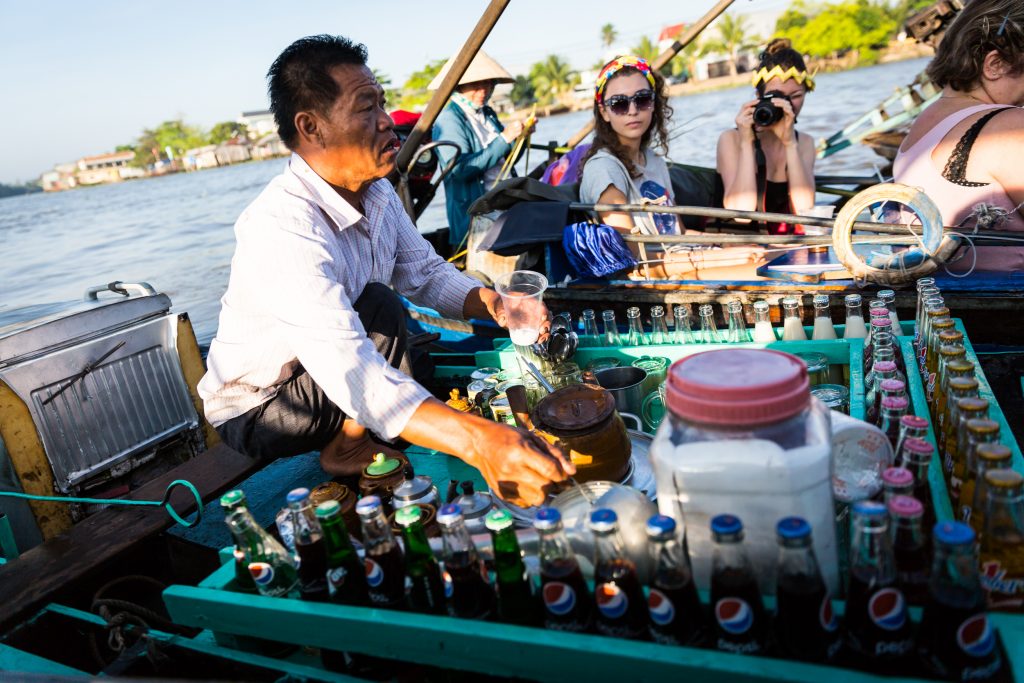
I always try to be cognizant of not partaking in experiences that seem to be presented entirely for Western audiences. For instance, in planning my trip to Southeast Asia I originally wanted to watch an apsara dance performance in Cambodia. The performances playing in Siem Reap, however, were cheap versions of the real thing.

In contrast, the Cai Rang floating markets are actual fruit and vegetable markets still in use by local wholesale vendors. The markets are much smaller than in their ancient heyday, but they are most certainly active. The problem is that the floating markets have become a tourist attraction. The fruit and vegetable sellers will be going about their business as a hundred boats crammed with tourists circle slowly, watching the sellers’ every move. For their part, the sellers seem to not understand why they elicit such stares from the tourists. And while most tourists buy coffee and pho from small boats set up to service the tourists, the fruit and vegetable sellers never receive a dime for their popularity. It made me just a bit uncomfortable.

I’m not saying don’t go. By buying coffee and providing your guide with a tip you will be contributing to the local community. Just be prepared to feel like an ugly American staring the life out of the locals.
Now that I have that off my chest, let’s discuss the details of visiting the Cai Rang floating markets.
Visiting the Cai Rang Floating Markets

What: A visit to the Cai Rang floating market usually includes a couple of adventures. There is the actual drive-by tour of the market in a boat as sellers sell and buyers buy. You will either be floating by in a tourist boat, or on your own private long boat, with a guide and a driver. There is an obligatory purchase of breakfast – the noodle soup called pho – and strong Vietnamese coffee. Your guide will normally cut up a pineapple for you as well. The whole process of circling the markets takes about an hour.



After that, you have some options. You can also visit a local noodle factory or fruit orchard, or just tour the canals as part of your tour. I was only interested in photographing the markets themselves because this felt like the only authentic experience. Speaking with a fellow tourist who visited one of the noodle factories, he said it was basically a tourist racket. While I’m sure the information provided in these tour additions might be interesting, to me it isn’t real enough to photograph. I hate it when anyone stages a photo for me at a wedding, much less in a foreign country. But just to play devil’s advocate for a minute, these demonstrations also support local businesses, so keep that in mind.

By the way, prepare yourself for a lot of trash in the water. Unfortunately, Southeast Asia seems to bearing the brunt of all of our plastic pollution problems. Picking plastic bags out of the motor blades of your tour boat will be a regular occurrence during your tour.

When. The markets operate from dawn to 9:00 a.m., however, the main activity of the market occurs from 6:00 to 7:00 a.m. You must, MUST be in the water before dawn. In addition to wanting to visit the market during the height of trading, from a photographer’s perspective, the sun in Vietnam is horrendously intense by 9:00 a.m. So if you want perfect light that doesn’t include any harsh highlights, get started when the sun rises. As opposed to the dull, smog-filled sunrises I experienced in Cambodia, Vietnam has absolutely stunning sunrises. There is also the crowd factor that should motivate you to get an early start on the day. By hitting the floating markets early you will also get a jump on the crowds, but I have to say I was amazed that there were so many boats already in the water by 6:00 a.m.

Where. For my excursion, my guide picked me up by motorbike at my hotel and drove me to the Ninh Kieu Wharf, where we met our boat. If you are looking to pick up a boat on your own and have not arranged a tour with your hotel, then head straight to the wharf. There are lots of independent operators offering their services.

How. As you might expect, I am not a fan of tours. Especially not tours with other people along for the ride. I asked my hotel to set up a private tour of the markets, and after much wrangling thanks to the language barrier, I set up a private visit. My visit included a boat tour of the markets, a bowl of pho, a fantastic cup of coffee, and a huge pineapple. That’s all I wanted (well, I’m not sure I really cared about the pineapple or the pho – it was too early to eat), and that’s all I got. When you are negotiating the details of your tour, make sure that you only pay for what you want. If you have no interest in seeing other farms and markets, then make sure you pay accordingly. One word of caution: it was more expensive to get the private, limited tour I received versus if I had signed up for a tourist boat with all the trimmings. You pay more to get less, but you also get to see exactly what you want.
Most of the big package tours will also take you from Can Tho to the smaller Cai Be floating markets in Vinh Long. I took my own path to visit Vinh Long, and I’ll tell that tale in the next blog post. Cai Be is a much smaller market, and if you have to see only one, you’ll be doing fine with just visiting Cai Rang. It’s quite a long drive to Vinh Long, and the main transportation hubs to get to Ho Chi Minh City (the usual next stop on the tourist trail) are out of Can Tho, so you might as well stay put.

Cost and tipping. Sadly, I don’t remember how much I paid for my tour in total. I believe it was $50. In looking online, prices are all over the place from $20 to $200. Make sure you set the price ahead of time.
In terms of tipping, I had no idea how much to tip in Vietnam. In the US, the going rate is 20% of the full price, but in Vietnam it seems to be 10% or just a flat rate. I knew I was expected to tip my guide, but I had no idea how much and no one at the hotel could give me any clear idea. When I originally tipped my guide at the end of the tour, he seemed incredibly disappointed. I didn’t have any more cash on me, so I had to let that be it. After talking with another tourist, I found out why my guide was so disappointed: the expected tip is $3 to $5 per day, and don’t forget the driver. Feeling guilty as I did about the entire tour, I left additional money at the front desk of my hotel for my guide to make up the difference.
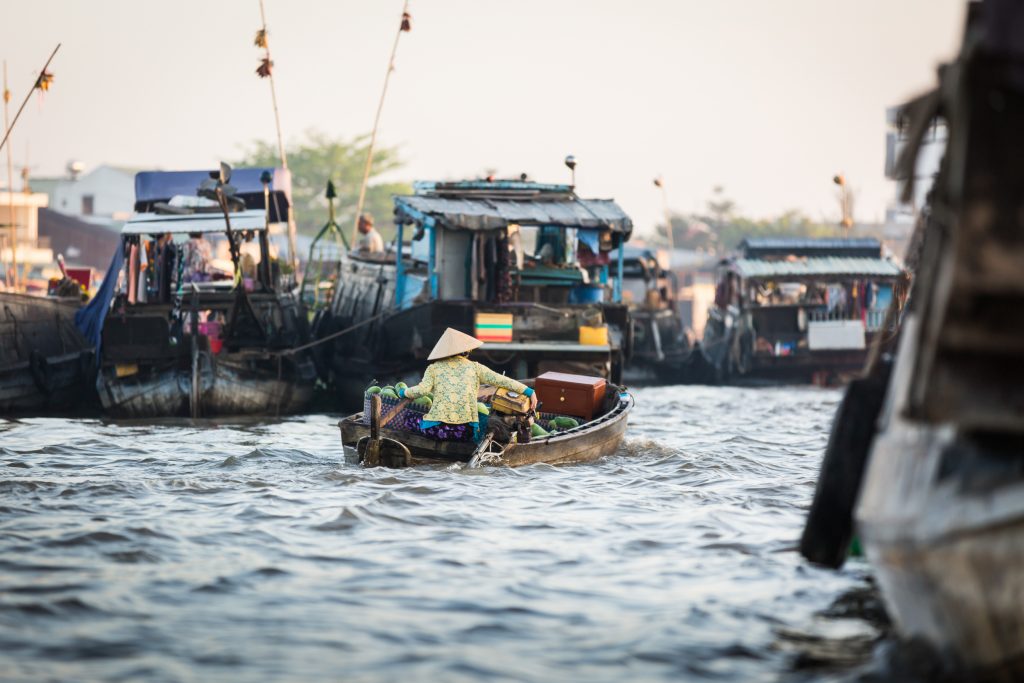
The Photographer’s Perspective. The Cai Rang floating markets turned out to be some of the best photos I took during my Southeast Asia adventure. The boats move slowly, and there aren’t any waves, so you should be able to get a stable shot. Light in the Mekong Delta is gorgeous, just remember to get there before sunrise because after 8:00 a.m. the highlights are too intense on the water. Street photography in the area is fantastic.
How I Arrived in Can Tho

I arrived in Can Tho from Siem Reap by way of Ho Chi Minh City. I flew from Siem Reap to Ho Chi Minh City on Lanmei Airlines. Once in Ho Chi Minh City, I took a cab to the bus station, and then took a bus to Can Tho. From the Mien Tay bus station I took a cab to my hotel.
What to do in Can Tho Besides the Cai Rang Floating Markets

In case you are curious, the city of Can Tho is interesting enough for a one-night stay. Besides the floating markets, you can visit the street markets – Cho An Binh was particularly interesting – and make sure to step in to the Ong Temple. It has beautiful ceramic sculptures covering the façade, and I will write about my experience there during Chinese New Year in an upcoming blog. Can Tho was a welcome change from Siem Reap.
My Hotel in Can Tho

I stayed at the Spring Hotel. Hot water was an issue, but the staff was incredibly kind and they fixed me a wonderful lunch on the day I left. The hotel is centrally located to the Cai Rang floating markets, and I would stay here again. Note that I was looking for a hotel located as close as possible to the floating markets because I anticipated walking to the river. As it turns out, I should have been located nearer to the Ninh Kieu Wharf. Most of the tourist hotels are located at the near the wharf. This part of Can Tho has more going on with shops, restaurants, and a lovely park in front of the wharf, so if I had to do it all again, I would choose this part of town.
No. 22, Residential area 324, 30-4 St., Xuan Khanh Ward, Ninh Kieu Dist., City Center, Can Tho
1 night, standard double room
Shower/bathtub, wifi, AC, no view
$17.14 per night
Coming up in the next blog: A visit to Vinh Long that took too long




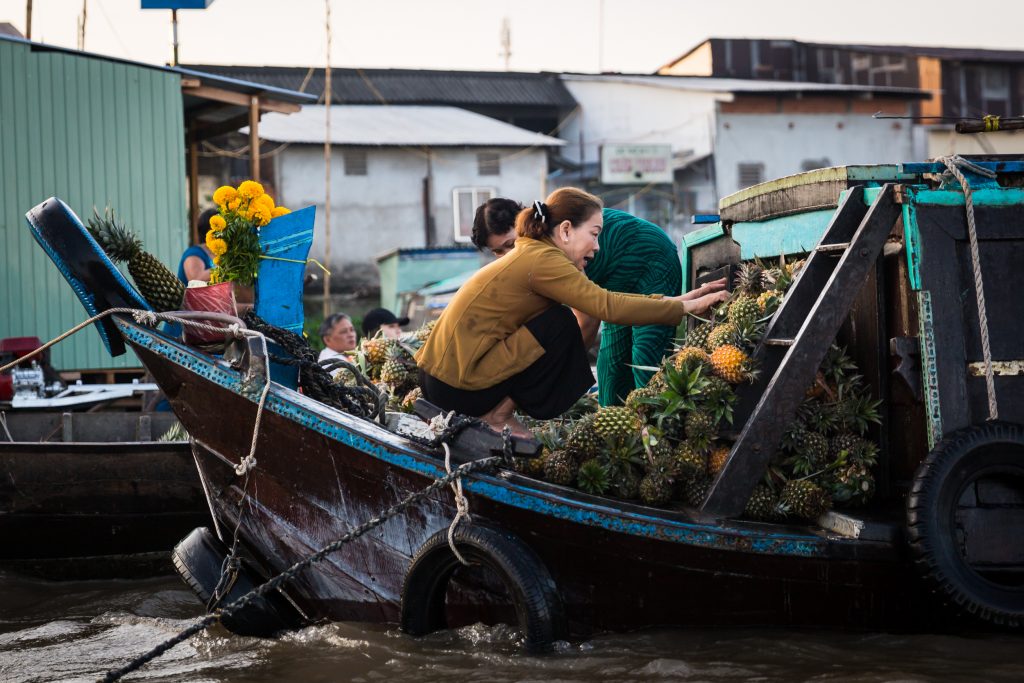
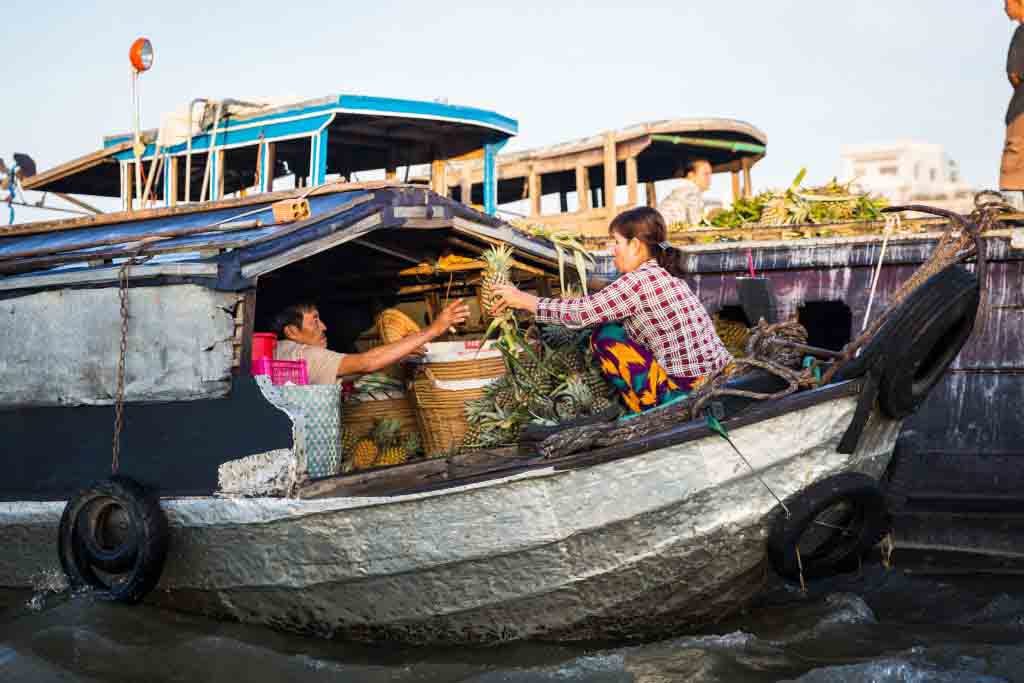










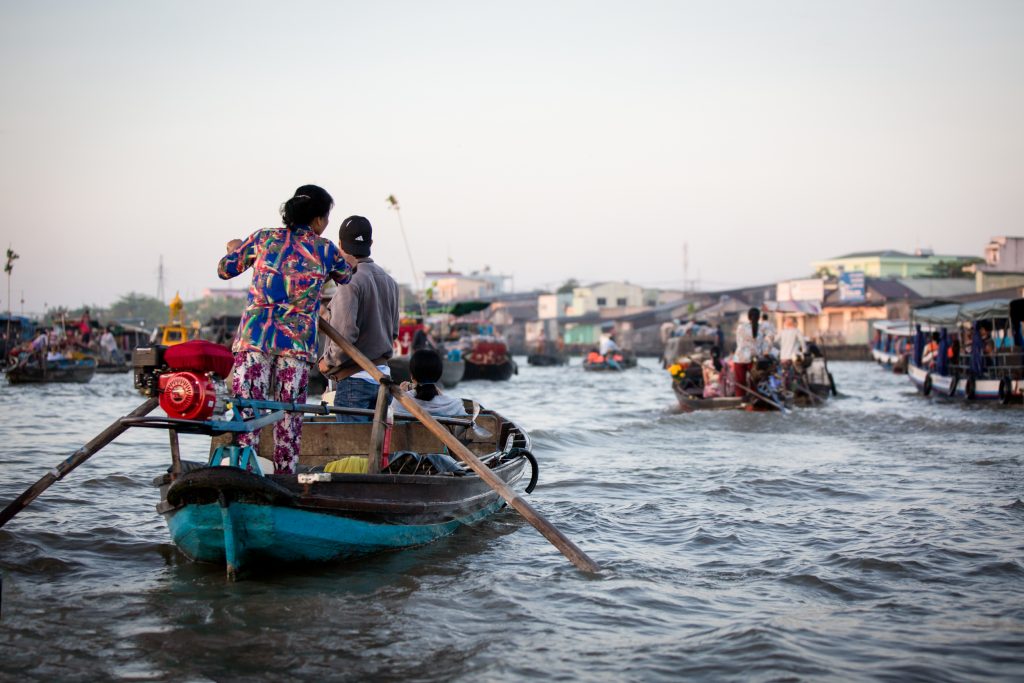
Interested in taking a trip to Southeast Asia? Make sure to check out my Siem Reap travel tips, Angkor Wat overview, Angkor Wat temple guide, or my Angkor Wat sunrise strategies article.
_______________________________________
If you found this article on ‘The Cai Rang Floating Markets’ interesting, then check out some of my other recent posts:
Any recommendations for my next road trip? Drop me a line and let me know where I should head next.
To view more images from my travel and photojournalism portfolio, please visit my website – Kelly-Williams.com

